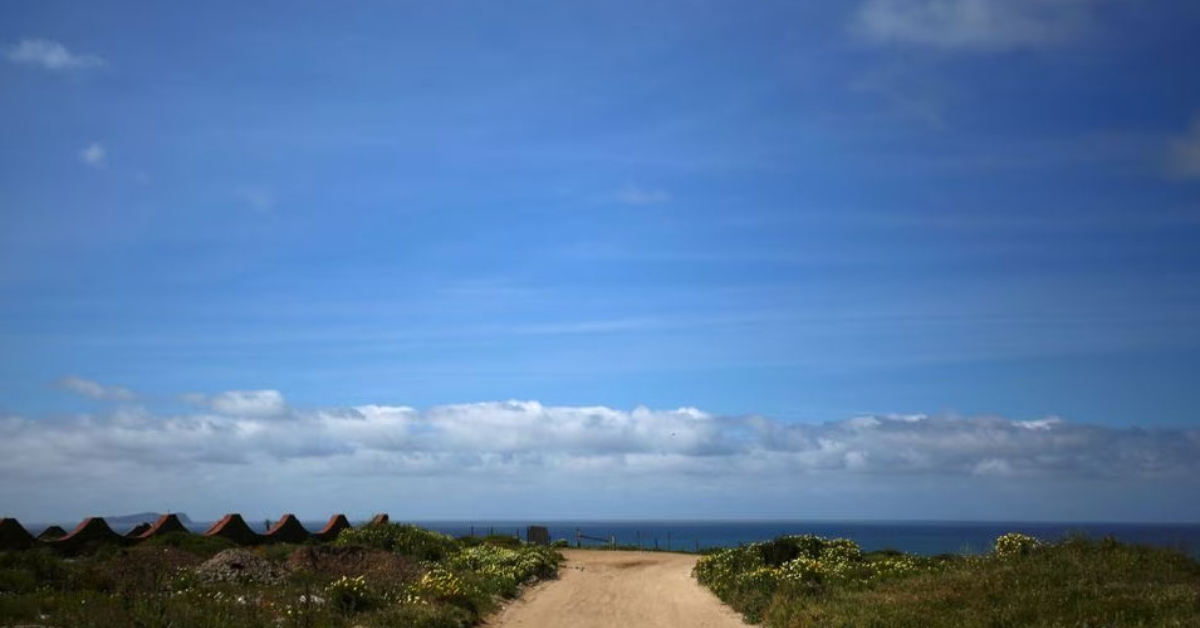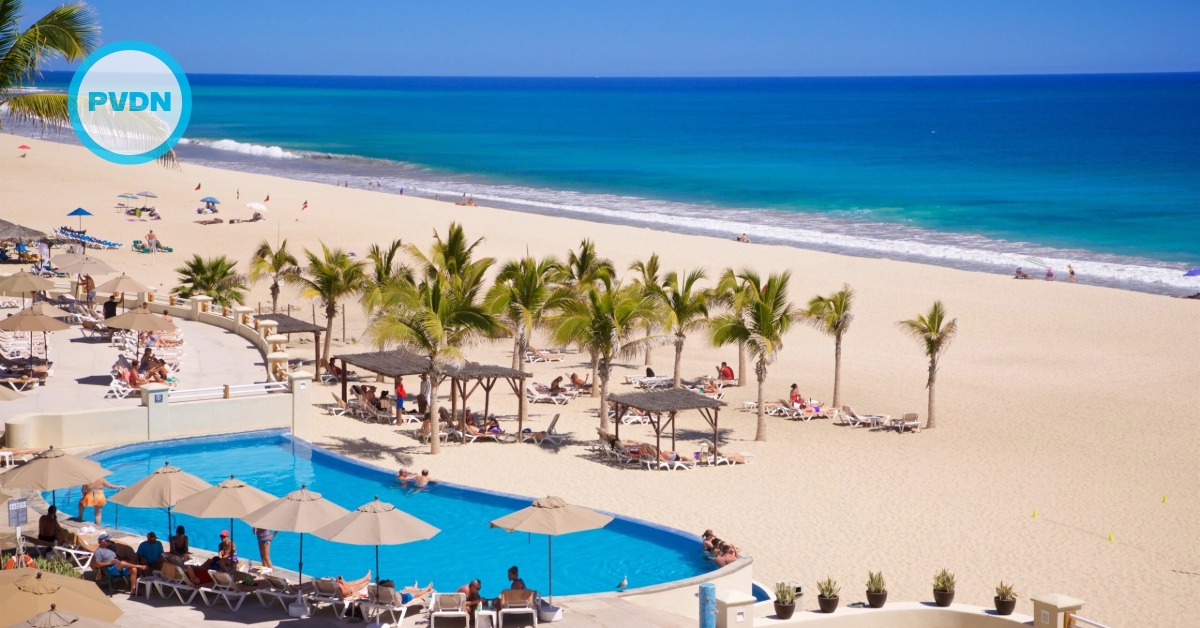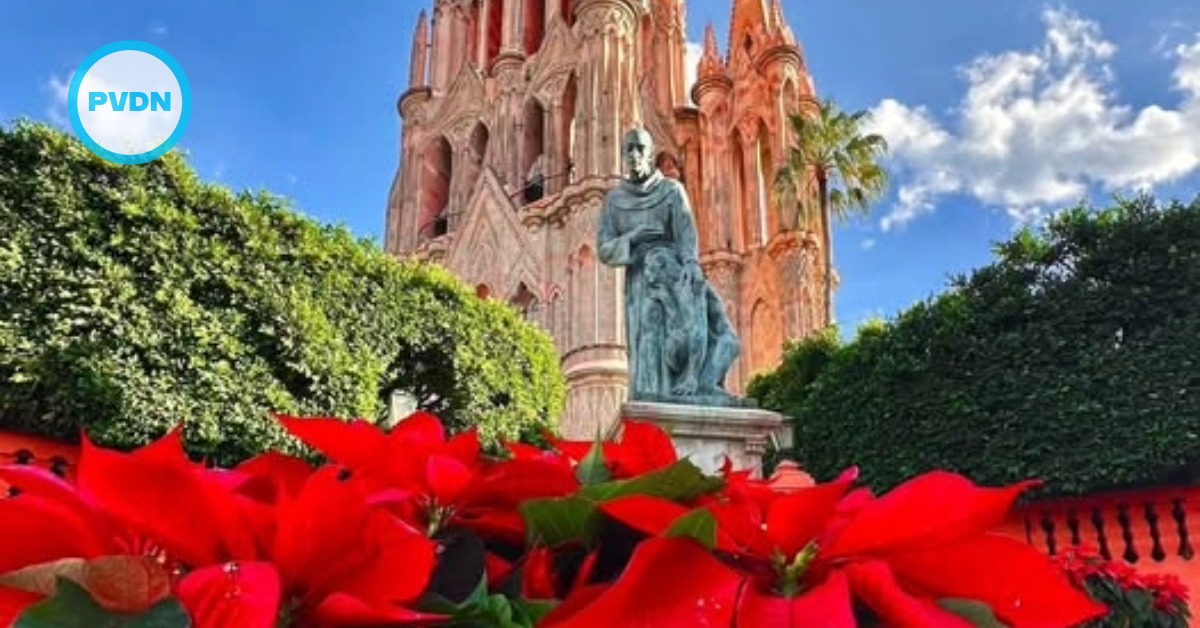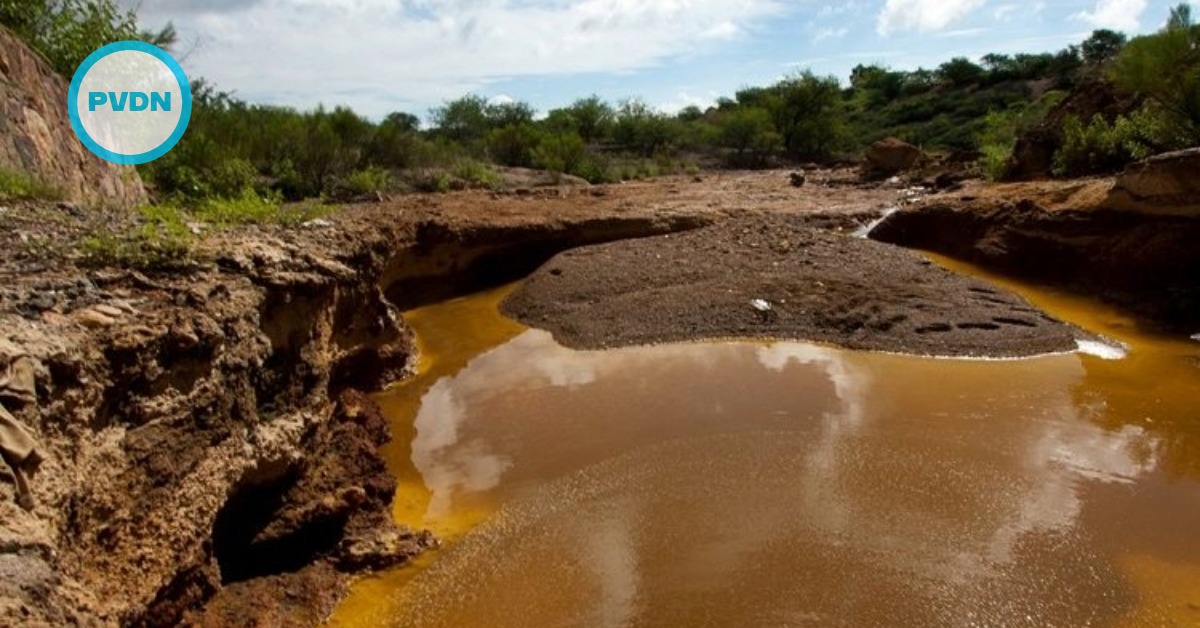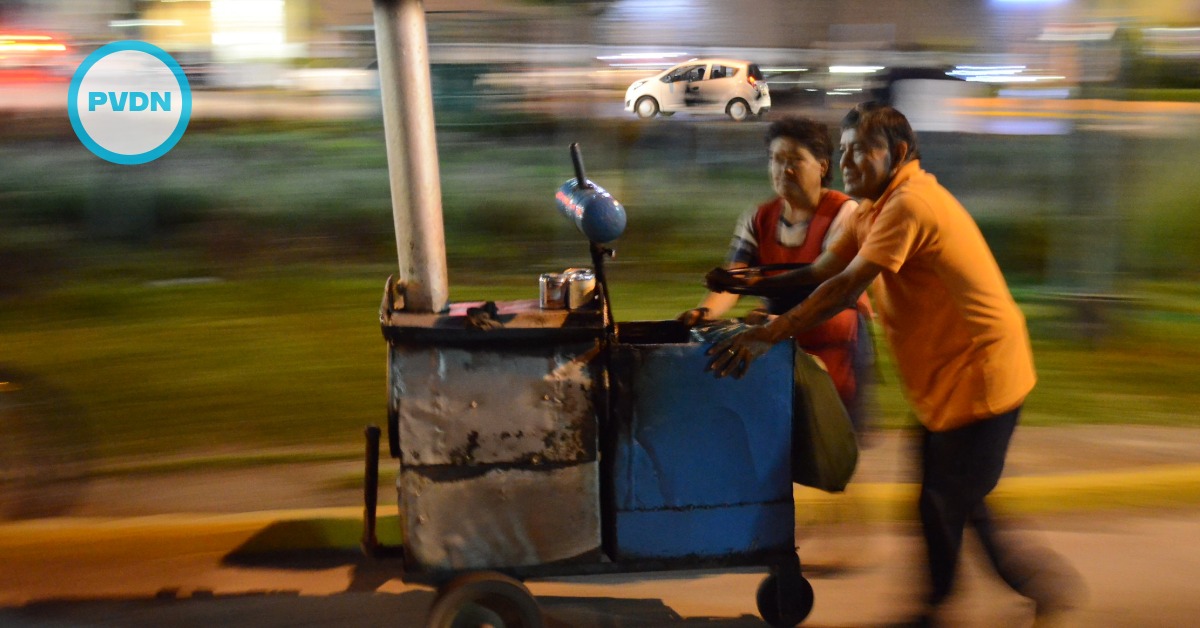MEXICO CITY, March 27(Reuters) - On an April day, the founder of a U.S. startup called Make Sunsets stood outside a camper van in Mexico’s Baja California and released two weather balloons containing sulfur dioxide into the air, letting them float towards the stratosphere.
Entrepreneur Luke Iseman said the sulfur dioxide in the balloons would deflect sunlight and cool the atmosphere, a controversial climate strategy known as solar geoengineering. Mexico said the launch violated its national sovereignty.
Iseman, 39, said he does not know what happened to the balloons. But the unauthorized release . . .


